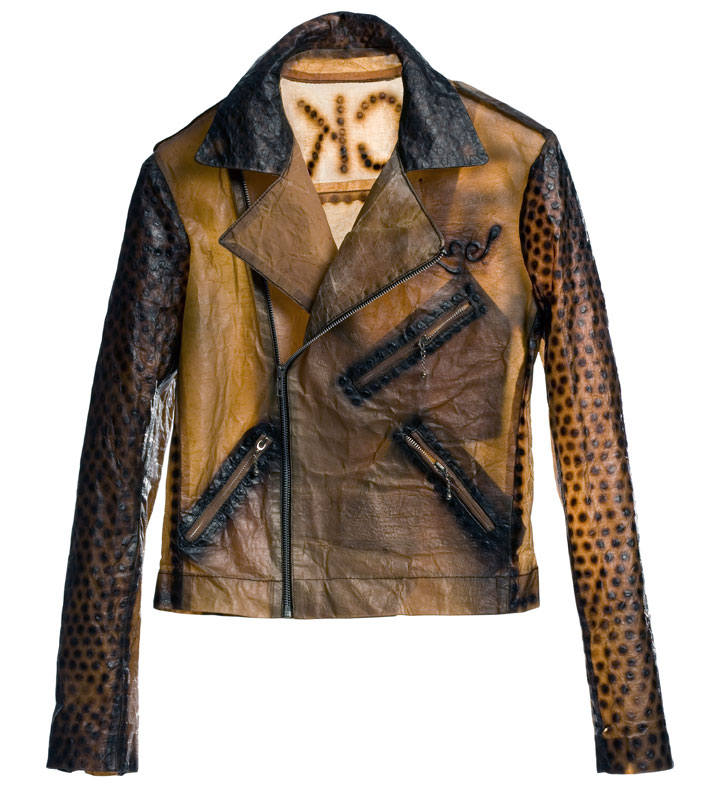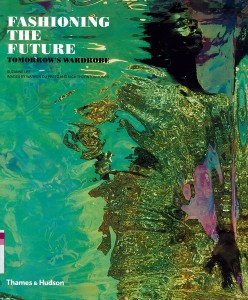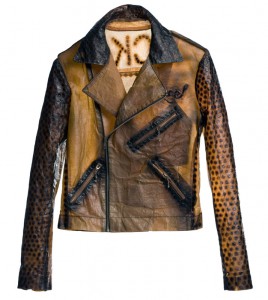Short introduction to Suzanne Lee
Suzanne Lee is a researcher and designer from the School of Fashion & Textiles at Central Saint Martins College of Art and Design. She is also an author of the 2007 book, Fashioning The Future: tomorrow’s wardrobe, which was the first publication to explore how technology could transform fashion.
She researched into Bio Couture, a type of fiber that can be decomposed by living beings. Its rationale is using the microorganism to foster the growth of vegetable fiber, also known in biological term as cellulose. In the following TED video, she shares how the raw materials of Bio Couture can be grown into fashion wearables and the pros and cons of such fashion wear.
Bio Couture
Bio Couture is a London-based design consultancy that is pioneering the use of bio-materials for the fashion, sportswear and luxury sectors.
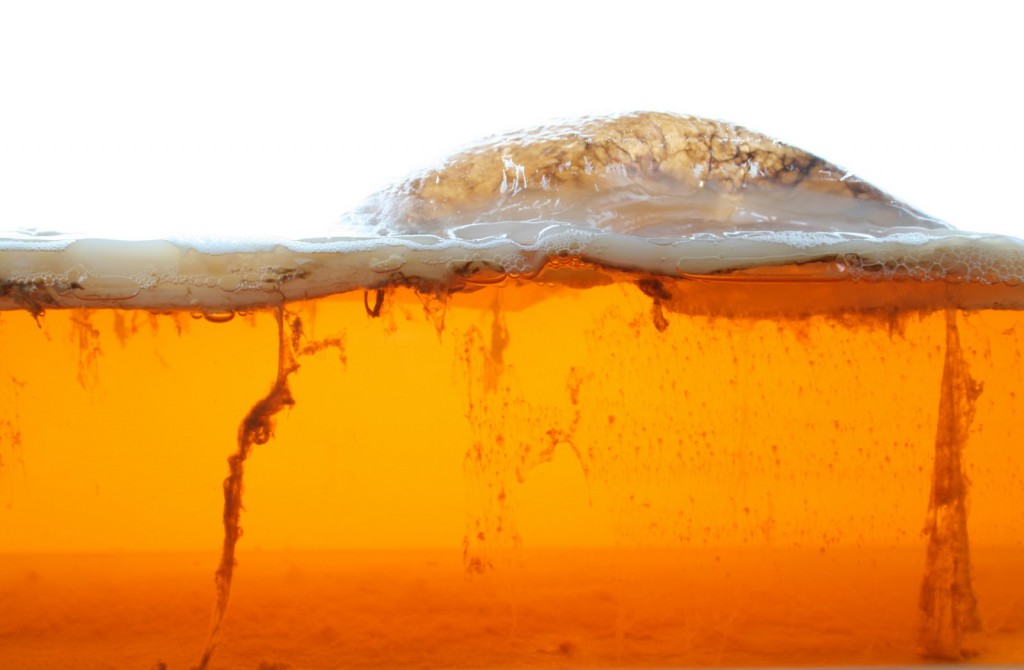
“There’s a whole spectrum of organisms that can grow material,”
The founder of Bio Couture, Suzanne Lee, explores how organisms like bacteria, yeast, fungi and algae could be harnessed to produce fabrics. She uses a kombucha recipe (tea + sugar + a few microbes + a little time), a symbiotic mix of bacteria, yeasts and other micro-organisms, which spin cellulose in a fermentation process. After a harvest, the fermented liquid can be reused to grow more cellulose, a cycle that repeats over and over again. The way she has applied the microorganism’s survival mechanism, where bacteria feeds on the sugar in the fermented liquid, to the design on the fiber is a concept of Biomimicry, which is to transform the observations of the nature to the design of the clothing.
“What attracts me to it is that it’s compostable. It’s not just biodegradable, it’s compostable. So you could throw it away like you would your vegetable peelings.”
Positive attributes
The creation of biodegradable and compostable clothing is one positive attribute that Bio Couture brought to us. Since Bio Couture can be produced without creating pollution to the environment, it will not damage the environment. Therefore, it can become an ecological design for the sustainable use.
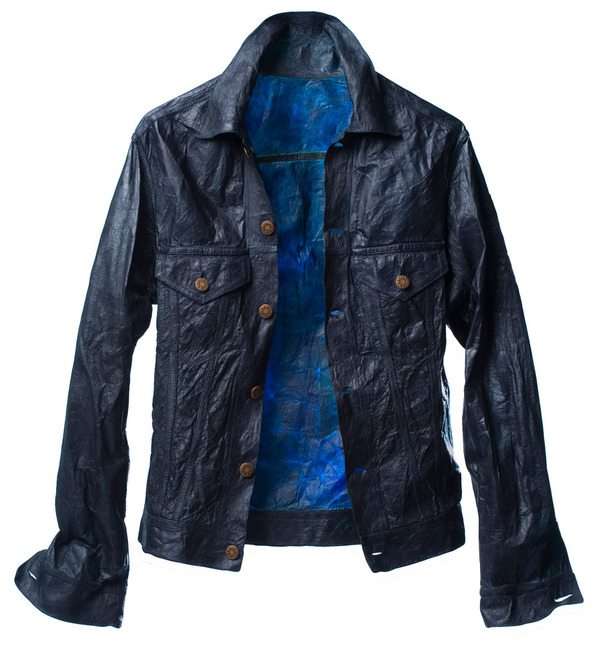
Another good thing about Bio Couture would be that we can make the fibre change color without using dye by a process of iron oxidation. Organic patterning can be made using fruit and vegetable staining. The use of indigo will make it anti-microbial, an agent that kills microorganisms or inhibits their growth. In fact, cotton would take up to 18 dips in indigo to achieve a colour as dark as dipping the cellulose once in indigo because of the super-absorbency of the cellulose.
In fact, we can grow the fibre at a waste sugar stream from a food processing plant.
Negative attributes
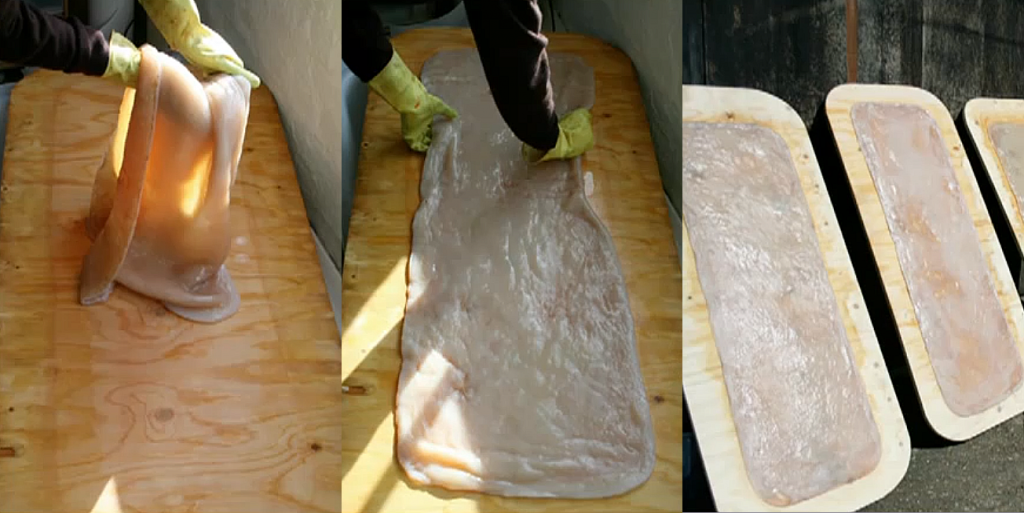
There are a few limitations and procedures to pay attention to in the growing process. A constant optimum temperature is required for the growth, thus Lee used a heat mat to sit the bath on and a thermostat to regulate the temperature of the bath. After harvesting the cellulose sheet, she washed it in cold, soapy water. The cellulose sheet would be heavy with 90% of it made up of water. Lee would then spread it out on a wooden sheet till it dries into something that looks like a flexible vegetable leather, which can then be sown into wearables.
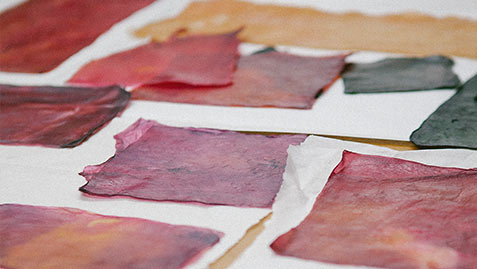
“What I can’t yet do is make it water-resistant.”
While the super-absorbency of the fibre allows for more effective dying, the hydrophilic nature of the garment would not only require time for drying but also fall apart due to the heaviness from the volume of rainwater absorbed on rainy days.
“The first thing is to be clear that the clothing is the same basic fiber as their cotton t-shirt – it’s pure cellulose – it has no bacteria in it.”
A few other challenges would be common misunderstandings of such wearables. One of the common misunderstandings was that people thought the clothes are made of bacteria. The material for the clothes may be constructed with the help of microbes but they have no bacteria in it. Also, the clothes are not GM unlike some cotton t-shirt.
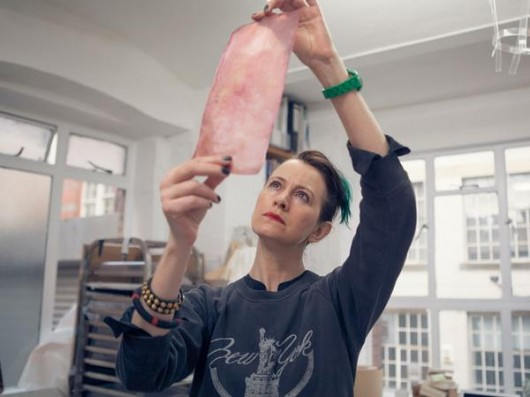
Bacterial cellulose is already being used for wound healing, and possibly in the future for biocompatible blood vessels and even replacement bone tissue. But with synthetic biology, we can actually imagine engineering this bacterium to produce something that gives us the quality, quantity and shape of material that we desire. Imagine growing consumable products with bacterial cellulose like a bed, a car and a house!
To conclude, while the discovery of Bio Couture with the concept of Biomimicry can be exciting, there is still much room for improvement in the scientific and technological aspect of the garment before we can stop harvesting leather at the expense of living animals and start mass-producing such wearables to everyone and not just the elites.
Adapted from
http://www.academia.edu/5119373/Nature-inspired_Fashion_Design_through_The_Theory_of_Biomimicry
http://www.dezeen.com/2014/02/12/movie-biocouture-microbes-clothing-wearable-futures/
Interview: Suzanne Lee, Fashion Innovator Who Grows Clothing in the Laboratory
